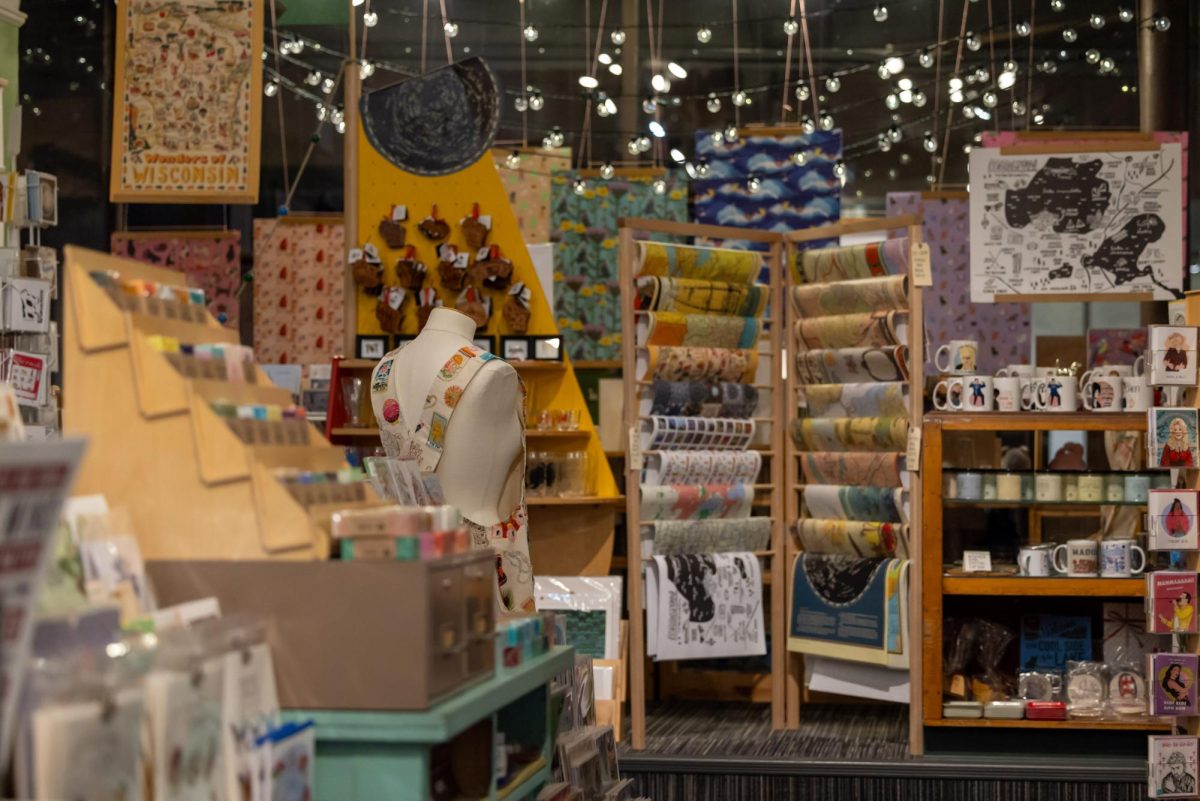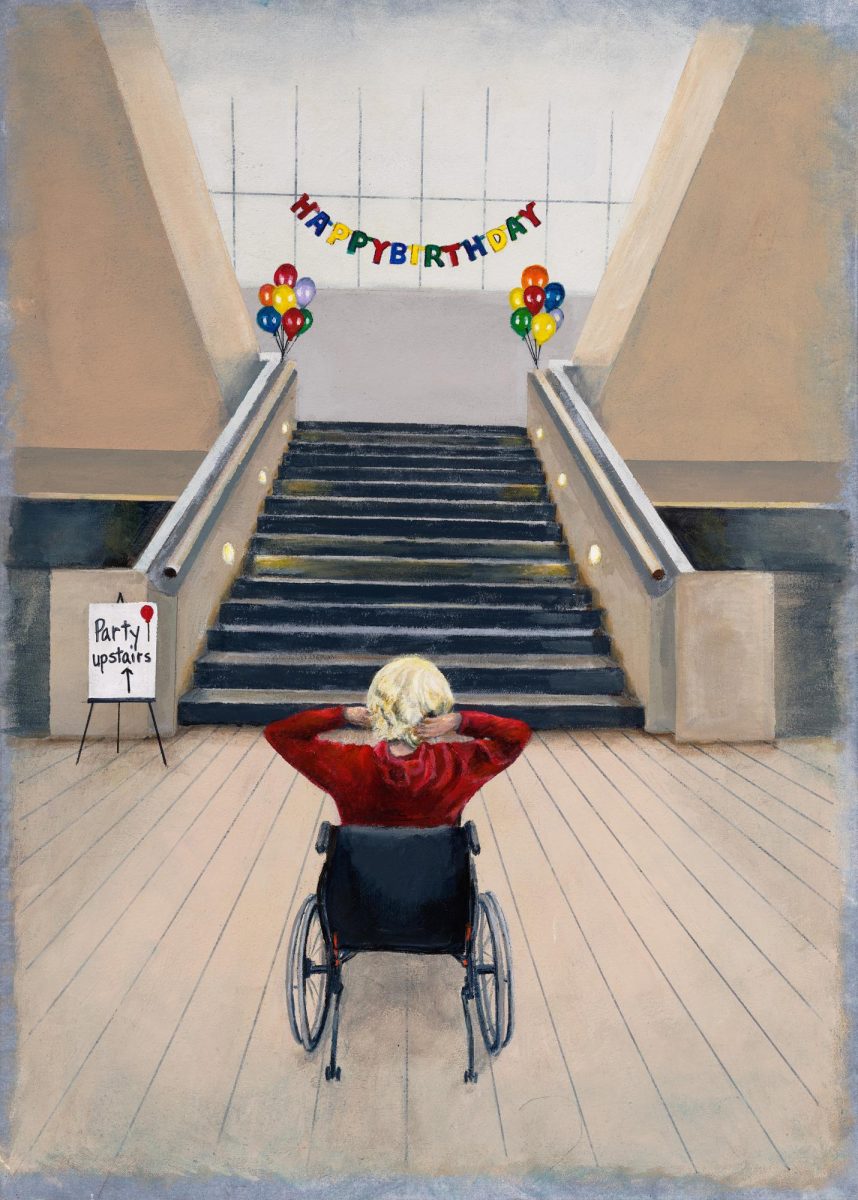Stemming from the nature of their gathering days, women have instinctively carried over the need to, well, carry things with them when they leave their homes. They have evolved past a woven basket to the more stylish options.
Having to rely on an external entity to carry necessities is not only cumbersome but also an added responsibility. The morning panic after a late night of whether or not your bag made it home, and with all of its original contents, is a fear most men do not have to experience. The lack of pockets is hindering but also explains why the global handbag industry is worth over $47 billion.
While male pockets are deep enough to hold and conceal the iPhone, women have drawn the short straw when it comes to the utility of their clothing. It is unsurprising that style has taken precedence over practicality, but what is surprising is the history behind such clothing inequalities.
Women’s pocket discrepancies have political roots and are directly tied to women’s independence. Back in the day, women would tuck their handbags under the poof in their dresses, but at the start of the 17th century with the introduction of corsets and bustles, this was no longer possible. ‘Tie-on’ pockets were later developed for women with the goal of providing a removable accessory — one which could store and carry their possessions.
The lack of independence and responsibilities that restricted them to the home led designers to assume they did not need pockets. Men carried all the money, documents and keys —therefore, they were awarded with apparel functionality.
Around the time women’s suffrage was emerging, the demand for pockets was in full swing —arguably, pockets go hand-in-hand with women’s rights since demand still exists for both in the 21st century.
Post-war era led to the ultimate degree of feminization of women’s clothing — items became slimmer and slimmer, meaning pockets went out the door. The famous fashion designer, Christian Dior, further cemented the patriarchy of pockets in 1954 with his alleged claim that, “Men have pockets to keep things in, women for decoration.” This explains the evolution of the superficial pocket stitching with no actual carrying functionality.
Today, the pockets in women’s jeans are on average 48% shorter and 6.5% narrower than men’s pockets. While the inconvenience of not having pockets, and more importantly not being able to keep your belongings in your pockets, may seem like a small issue, it is one women have faced for centuries.
A survey of female students conducted by the Badger Herald, found that on average, 83.3% of participants own a purse/handbag, with more than 60% carrying their phone, wallet, keys, chapstick (or other lip products) in a purse/handbag. 58.3% of participants wished their pants had more pockets and only 41.7% of participants owned a dress with pockets.
Are pockets really something that should continue to fall under the long list of gendered items?








